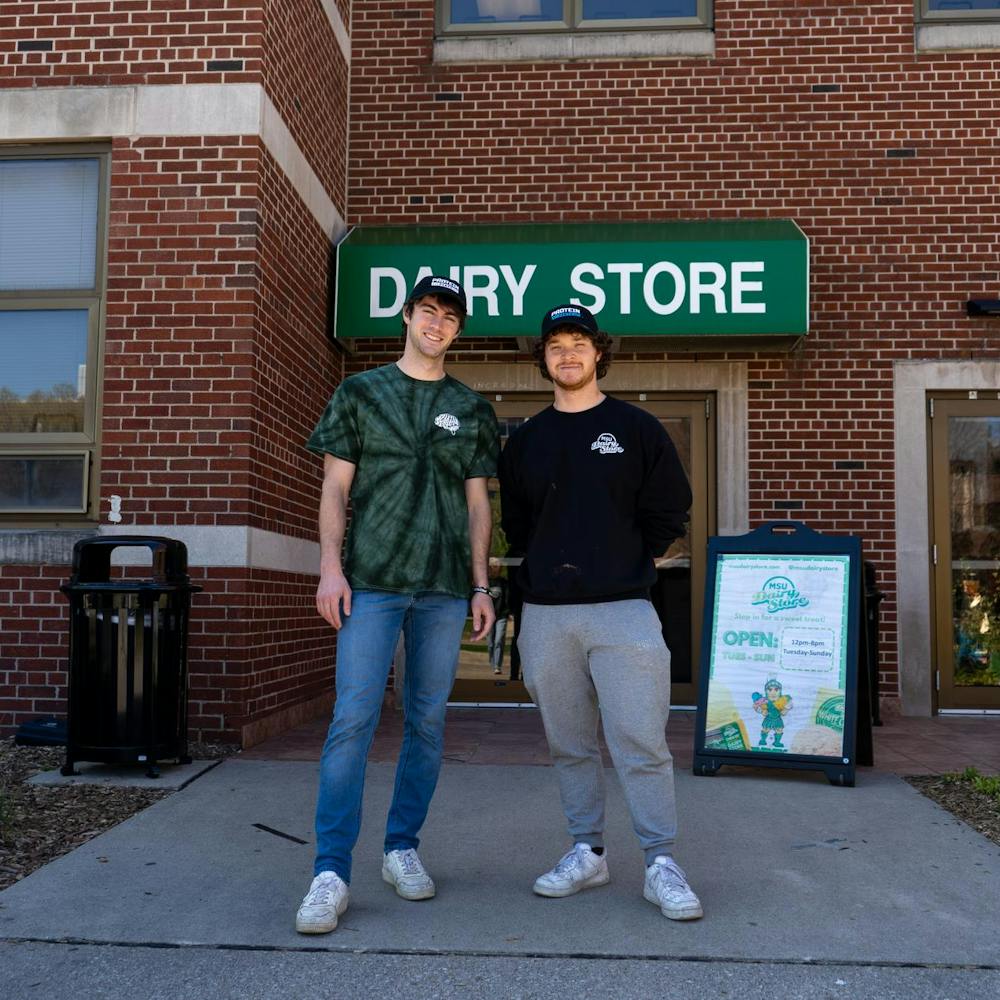George Garrity, an MSU professor of microbiology and molecular genetics, received a $188,000 grant from the U.S. Department of Energy to develop a new approach to the issue of the evolution of microorganisms.
Garrity, the editor-in-chief of Bergey’s Manual, began developing the technique in an attempt to alleviate problems he ran into while updating the bacterial encyclopedia.
Most attempts to map the evolution of bacteria use “tree of life” structures to represent the relationships between species. But the large number of species gave Garrity problems when trying to put together a tree for the manual.
“Trees don’t scale,” he said. “At least they don’t scale very well and they’re also not particularly good at showing the relationships between tens of thousands of organisms.”
His solution to the problem involves taking a cross-section of the tree, an approach that sacrifices time but more easily represents how groups of bacteria are related.
“We were looking for something that would allow us to look at a very, very large phylogenetic tree in an easily comprehensible and digestible manner,” Garrity said.
The grant comes as a part of the Department of Energy’s Microbial Genome Program.
The program has focused generating the genetic sequences of microbes in past years but the concentration is shifting to practical aspects of the genetic information, said Dan Drell, a biologist for the Department of Energy.
“We’re trying a five-thrusted approach,” he said. “The second part, where this study fits in, is to better explore the information content of microbial genomes.”
Garrity’s development of an easier-to-read map of the groups of bacteria will yield more than just pure scientific knowledge. A better understanding of the evolution of bacteria could allow for bacteria to be used more efficiently, Drell said.
“(The study) gives us a better picture of the microbial life and its species,” he said. “That, in turn, is practical because when we discover a new microbe, we can more rapidly predict what its properties are.”
And the ability to predict those properties are important in waste or pollutant cleanup, Drell said.
“It’s an area of great interest,” he said. “Though in terms of economics, its not that great an area because we’re not experienced in what the microbial world might do for us.”
Specifically, the goal is to widen the situations in which bacteria can be used. Groups of bacteria that can assist in the cleanup of oil are currently known, but bacteria with the ability to digest heavy metals or a combination of pollutants are still unknown, Drell said.
Besides being an effective way to clean up waste, James Tiedje said bacteria could have an impact on the economics of large cleanup efforts.
“(Bacteria are) cost-effective because they can grow on the pollutant,” the MSU professor of crop and soil sciences and microbiology said. “You don’t need to expand much effort or cost.”



